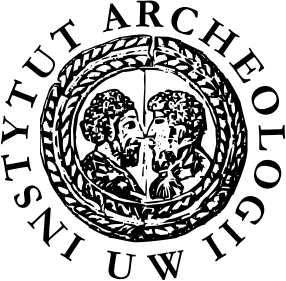This page aims to bring various aspects of ancient monasticism closer to the community of scholars and wider audience as well.
In 2016 we have started a research program devoted to monks and monastic communities in the Eastern Mediterranean from the fourth until eight centuries AD, funded by the National Science Centre, grant no. 2015/18/A/HS3/00485.
The emergence of the monastic movement in the fourth century was also the birth of a new spiritual, social and economic power which soon was to become one of the key elements of late antique culture and history. Rejecting values and pleasures cherished by the society, monks and monastic communities sought to set the example of an austere life devoted to God’s service. The monastic milieu, deeply immersed in biblical culture, developed remarkable patterns of communication and transmission of tradition, which found their expression in literary works and everyday writing. Monks transformed the space they lived in by creating unique types of habitat; some of them shaped the environment anew while others entered into a dialogue with the remains of the past. As the monastic movement grew and developed, it became inevitably entangled in ‘worldly affairs’ it tried so hard to escape. The institutional Church with its bishops, the State with the emperor and an army of officials and, last but not least, the nuanced, layered and sometimes fickle society all influenced the monastic movement and were, in their turn, influenced by it.
What remains behind is a mass of sources–architectural monuments, historical narratives, religious writings, legal regulations, letters and documents–which tell us how monks and their communities lived, thought, prayed, worked and made business. We would not dare to dream of gathering and analysing them all; instead, the task we set ourselves is much more modest. In our project, we take a close look at monastic communities of the fourth–eight century Eastern Mediterranean (Constantinople, Syria, Palestine, Egypt), trying to understand various aspects of their functioning, from the very birth of monasticism in the fourth century to the period during and immediately after the Arab conquest (seventh–eighth century).
This website collects information on our team, research plans and obtained results. Please, feel welcome to explore!


